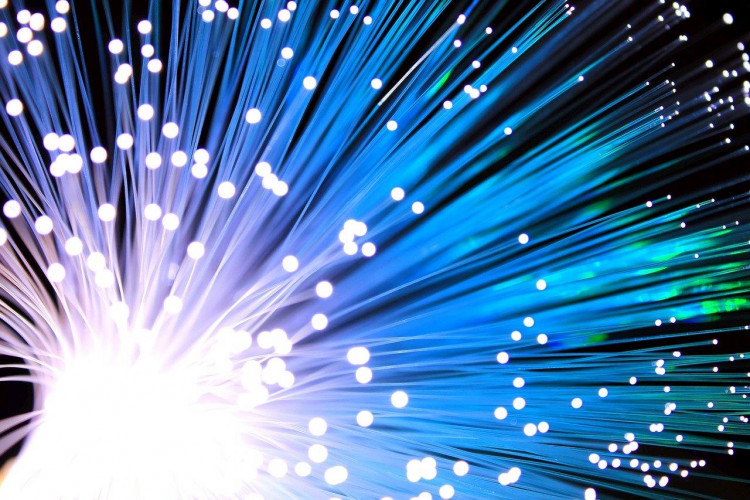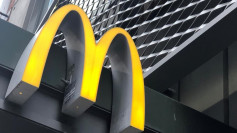Google will embark on a project that will link the United States, Spain, and the United Kingdom through more than 3,000 miles of transatlantic underwater cable in 2022.
Named after the famous American computer scientist, the Grace Hopper cable network will connect New York to Bude in England and Bilbao, Spain. Bude is approximately 3,290 miles from New York.
Google disclosed that it will make use of the latest technology, using 16 fiber optic pairs (32 fibers) of undersea cabling, which the tech giant claims is a major upgrade to the current network.
It is the online search behemoth's first major investment on an underwater line and is expected to tightly integrate the group's soon-to-launch Cloud Region in Spain with the rest of its newest infrastructure. The project is one of the first cable networks between the U.S. and the UK since 2003 that is seen to benefit both consumers and enterprise clients.
Google global networking vice president Bikash Koley hailed the undertaking as a crucial upgrade to the internet infrastructure linking the U.S. with Europe in a blog post on Tuesday.
With its 32-fiber pairs, the Grace Hopper network cable is expected to be among the most advanced in the world. For perspective, Google bared plans in 2019 for another transatlantic internet cable featuring 12-fiber pairs that during the time was seen to register a new bandwidth speed record.
The cables are most often manufactured by communications companies – usually, a group of them pools resources and then charges other firms for their use. The average submarine internet cable infrastructures use six or eight fiber optic pairs. Google's cable has the power to transmit 340-350 terabytes of data per second, which according to the company is equal to around 18 million people streaming 4K videos at the same time.
In an announcement video, Jayne Stowell, Google's strategic negotiator, stated that the subsea cable network will also be connected to Equiano to better link Africa and North America. Grace Hopper joins Google's Dunant, Curie, and Equiano cables network traversing the ocean floor, where 98 percent of the globe's internet traffic runs through.
Grace Hopper will also feature a state-of-the-art fiber switching technology to better control transmission during power outages and weave around technical glitches. Grace is the fourth cable that Google is funding entirely on its own, as opposed to partnering with other groups as in some of its recent projects. It will be the world's first subsea cable to incorporate fiber switching and Google said it will be integrated in its future cable projects.






